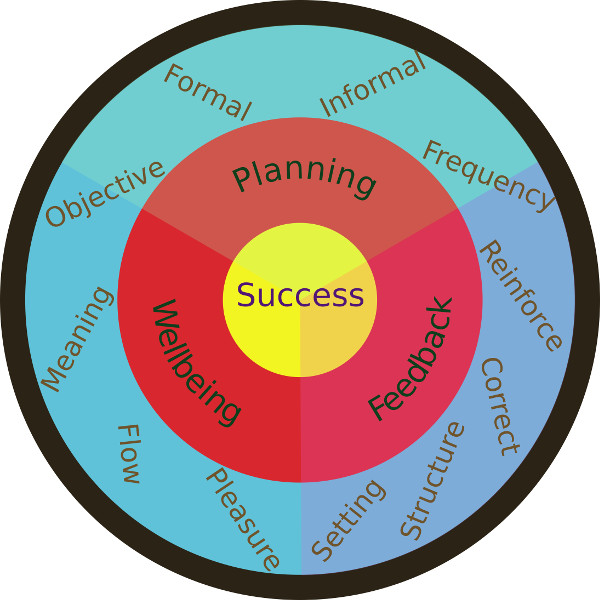Supervising Performance Overview
There a many things managers and supervisors have to do but they all come down to this one thing. Their job is to ensure people can succeed in their role, achieving what the organisation needs done. Their planning, reporting, meetings, projects, systems and practices are all for this purpose.
The stand out requirement for supervisors is to be effective at generating productive performance in their teams. If this cannot be achieved that all the resources, budgets and agreements are wasted.
The Performance Target brings together key elements of the supervisor relationship. It helps supervisors to focus on what can help them help others perform. There are three parts to the target.
1. Planning for Success
Formal planning is an important part of building performance. This section addresses:
- The role of supervisor is to make everyone succeed
- Linking performance to business objectives
- Formal performance planning
- Use and frequency of formal planning and review meetings
- Combining formal and informal reviews
- Communication skills - Emotions, decisions and agreement
2. Feedback - The engine room of high performing teams
Feedback done well is critical to raising and maintaining performance and team satisfaction. This section addresses:
- The nature of feedback
- Effective feedback - reinforcement or redirection (positive or negative)
- The structure of feedback
- The frequency of feedback
- Choosing feedback settings
- The technique of quick feedback
- Communication skills - Avoiding the closed feedback sandwich
- Culture and standards - Reinforcing a safe and healthy environment
3. Wellbeing for Productivity
The link between wellbeing and productivity is very important but it is not a simple link. This section takes part of the Positive Teams framework to help reinforce performance. This section addresses:
- The non-rational part of teams
- Evidence of the link between wellbeing and productivity
- Proactive practice - Flow, meaning and pleasure
- Building flow into role requirements
- Creating meaning for focus and direction
- Adding a little pleasure to teams
- Building a wellbeing plan in your team
